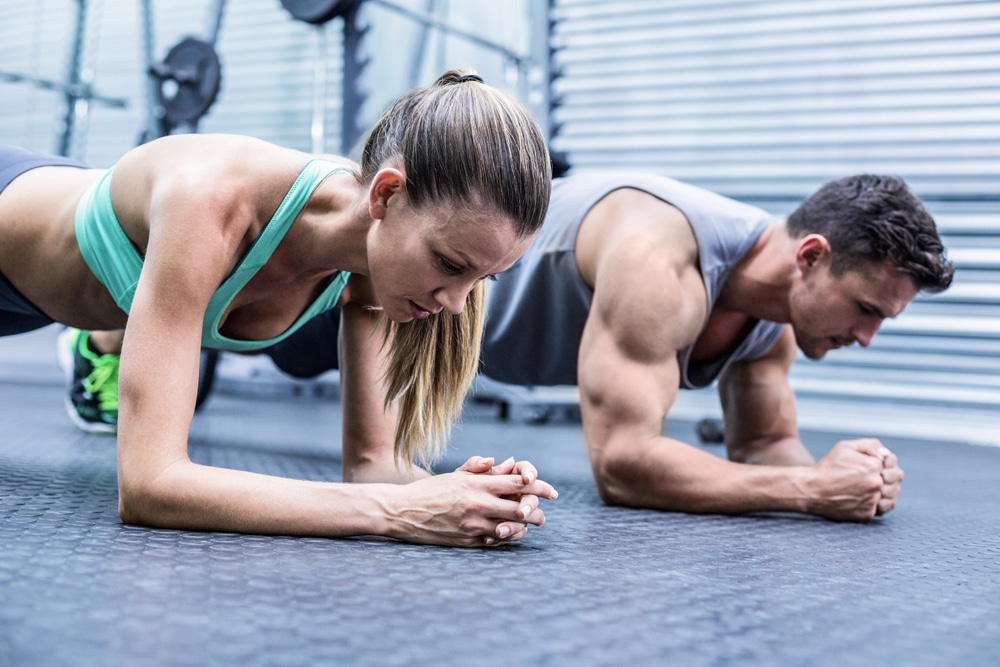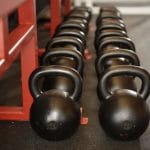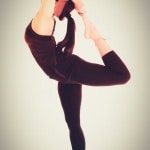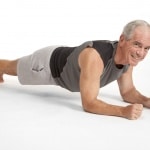I’ve been real busy of late so while I’ve kept up my readings, I have not kept up my blogging. Fortunately, tho, I came across this piece in the NY Times:
Vexing Rise in Oblique Injuries, and Little Explanation
I say fortunately because we in the fitness world, as this article alludes to, believe that stronger muscles prevent injury, but maybe it’s possible that stronger muscles may predispose to injury. Maybe, when muscles are so strong they pull on their bony attachments too hard and pull away a chunk of the bone – an avulsion fracture this is called – or simply tear themselves off the bone. Maybe, with the heavy emphasis on core strength, athletes are over-developing their abdominal muscles – esp the obliques – to the extent that the ribs, to which they attach, or the pelves, to which they anchor, can’t support their internal forces during hi powered exertions.
Whatever the cause, and not knowing the actual source of the injuries discussed in this article, let me propose the following, based on what I know is being passed off as core work.
Most core work is called such because it (1) engages more than one set of muscles in the midsection; (2) involves muscles of the abdomen, low back, and pelvis; (3)are isometric or of short-range contractions (not full range); and (4)simulate but rarely replicate the way we move in the real world. It is this latter point that I want to emphasize.
A basic crunch uses five, maybe six, muscles: the recti, both external and internal obliques, and maybe the iliopsoas if you come up too high. If you do a twisting, or oblique crunch, you engage the external on the side opposite the way you turn, and the internal on the side to which you turn. So, multiple muscles are always used, but ultimately, it’s only one part of the body that’s being trained – the front.
If you do low back extensions, on machines, swiss balls, or the floor, you engage many small and large muscles of the lumbar spine plus the gluteals, and maybe the hamstrings, but you don’t engage the front.
If you do front planks, you get the same muscles of the crunch, minus the arc of movement, plus the iliopsoas and quadriceps aplenty. if you do side planks, you get some of the low back, front, and even lateral hip – glute med and glute min – muscles. Thus, these may more rightfully be called core exercises, but still in isometric or short arc patterns.
Now, if you do play with swiss ball core exercises like pikes, planks, or russian twists, you are getting some superficial and deeper muscles involved, and that’s great.
How many sports are played lying on your back, side, or even front? Swimming, wrestling, diving, gymnastics – sure, but ultimately, even those involve larger arcs of movement than most exercises demand.
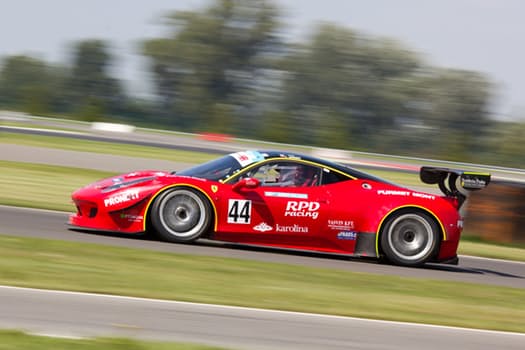
and thighs – in positions most like those we use daily – sit, stand – and in sport – sit (think polo, horseback riding, race car driving), stand – are more useful and more injury-preventive than all the ones we are currently using. For my choice, the tubing or cable standing or sitting torso rotation is best. When you stand with feet hip-width apart, and rotate from left to right, you are using your left glute med and max, your right hip adductors/internal rotators, your right lumbar 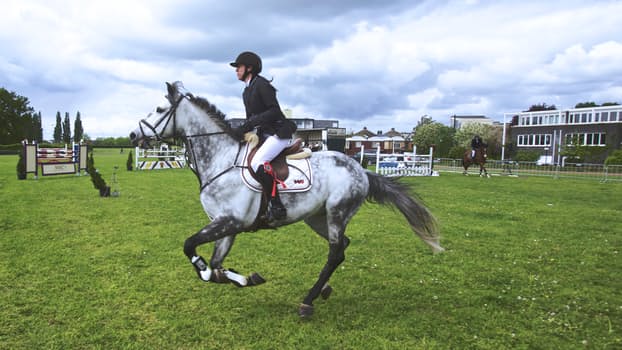
Will this prevent injuries like what baseball is seeing? I don’t know. but I do know that the one pro pitcher that I have trained in the off season for 7 yrs has only gotten stronger and faster via this type of training, and injury free. A study of one is meaningless but the principles hold true even if there’s no proof, until someone can dispute them better than I argue herein.
So twist again, like you did last summer….


